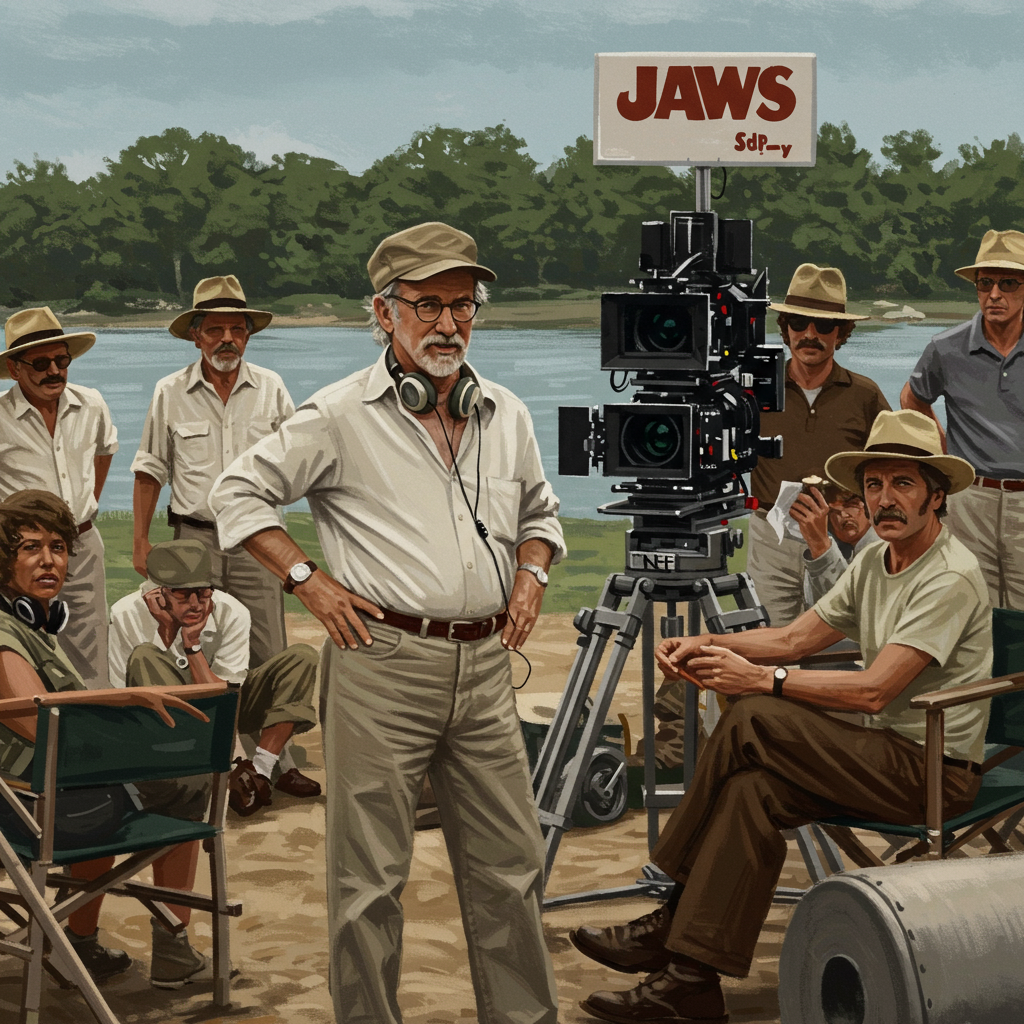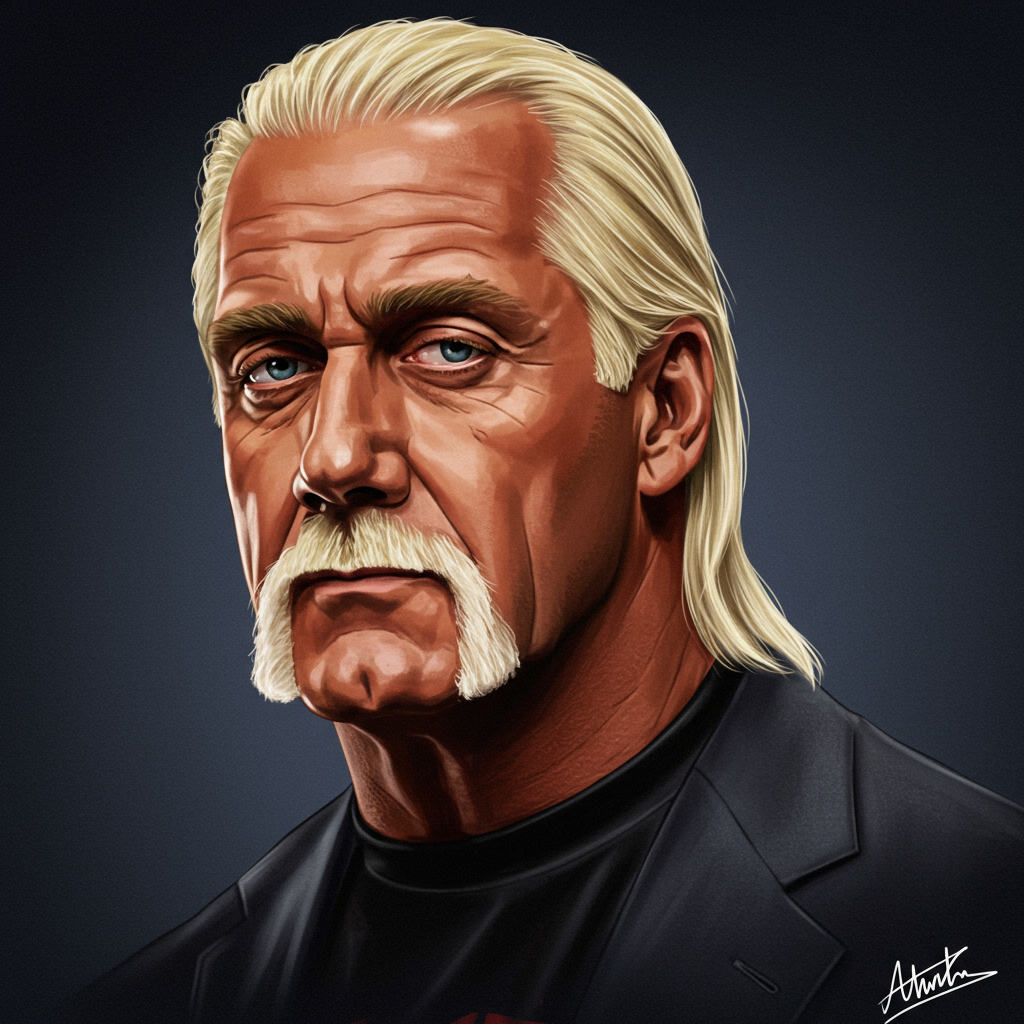Bruce Springsteen’s Buried 90s Gem Finally Unearthed
A significant discovery for Bruce Springsteen fans is on the horizon. As part of the expansive new collection Tracks II: The Lost Albums, a previously unheard 1994 recording, dubbed Streets of Philadelphia Sessions, is finally set for release on June 27. This album, long considered “buried” in the vault, is being hailed by some as Springsteen’s definitive best work from the 1990s.
Clocking in as arguably the most concise and impactful ’90s album from The Boss, Streets of Philadelphia Sessions offers a revelatory glimpse into a unique creative period. Recorded primarily at his home studio in 1994, nestled between the releases of Human Touch/Lucky Town and The Ghost of Tom Joad, the album showcases Springsteen deeply engaged with mournful lyrics set against a backdrop of synthesizers, vocals, and lo-fi beats.
A Distinctive Sonic Landscape
Unlike the more traditional rock or folk sounds Springsteen is known for, Streets of Philadelphia Sessions finds him experimenting with contemporary textures. Much like artists such as Portishead and Beck were doing at the time, Springsteen incorporated rhythm tracks influenced by hip-hop. Songs are built upon rudimentary drum loops – some programmed by his engineer Toby Scott, others sampled from readily available beat CDs. This foundation supports Springsteen’s work on Korg and Yamaha keyboards, with guitars present but taking a backseat role.
This distinctive sound is a direct evolution of the stripped-down demo for the Oscar-winning song “Streets of Philadelphia.” That original track, commissioned for the Jonathan Demme film, famously featured little more than a drum loop, keyboard, and backing vocals from Tommy Sims (who also plays bass on six tracks here, joined by Zack Alford on drums and Shane Fontayne on guitar). Streets of Philadelphia Sessions expands this minimal, synth-driven approach across an entire album.
Influences and Echoes
While the sound felt like a departure, it wasn’t entirely without precedent in Springsteen’s history. His long-standing admiration for the minimalist synth-punk duo Suicide, particularly members Alan Vega and Martin Rev, provides crucial context. Springsteen’s appreciation for their intense sound, even their challenging track “Frankie Teardrop,” and his frequent live performances of their song “Dream Baby Dream,” highlight a thread of electronic exploration in his background. He has even cited Suicide’s sound as an inspiration for the harrowing track “State Trooper” from his 1982 acoustic masterpiece Nebraska. This historical appreciation makes his dive into synth-driven soundscapes in 1994 feel less random and more like a natural, albeit previously unseen, path.
Sonically, the album has been compared to the atmospheric feel of later artists like The War on Drugs, while retaining echoes of earlier Springsteen deep cuts like “Stolen Car” or the Human Touch outtakes.
Bruce Springsteen during 1994 MTV Video Music Awards at Radio City Music Hall in New York City, New York, United States. (Photo by Jeff Kravitz/FilmMagic)Jeff Kravitz/FilmMagic/Getty Images
Lyrical Depth: Exploring Disconnection and Doubt
Lyrically, the album delves into intensely dark and introspective territory, largely centered on themes of troubled relationships, floating disconnection, and rue. While Springsteen stated in the liner notes that he and his wife Patti Scialfa were happy during this recording period, the songs often explore the shadows of commitment and infidelity with unflinching honesty.
The author notes the first half of the album is so focused on relationship breakdown it could be dubbed “Tunnel of Divorce,” a darker counterpoint to his 1987 album Tunnel of Love. Tracks like “Maybe I Don’t Know You” plunge straight into suspicion (“What’s that dress you’re wearing, baby? I’ve never seen that dress before?”), while “The Little Things” portrays slipping into infidelity with a weary, almost passive acceptance. The track “Blind Spot” uses a powerful, recurring metaphor of a couple inhabiting each other “Like it was some kind of disease,” a theme that reappears throughout the record.
Why Was It Kept in the Vault?
So, why did this compelling body of work remain unreleased for three decades? Following the mixed reception of Human Touch and Lucky Town, Springsteen was reportedly uncertain about releasing another album so heavily focused on the “existential exigencies of midlife,” particularly one as dark and preoccupied with doubt and faithlessness as this. He eventually pivoted, reassembling the E Street Band for greatest hits bonus tracks (including a full-band version of “Secret Garden,” which appears here in an early form) and then moved onto the folk-driven The Ghost of Tom Joad. The Streets of Philadelphia Sessions remained a hidden gem.
Fortunately, the music world has caught up. The album’s sound, characterized by its ’90s keyboard tones and canned beats, feels more accessible and perhaps even prescient today, thanks to artists like Moby and Amen Dunes who have popularized similar sonic landscapes, preparing the audience’s “frame of reference” for its unique vibe.
The Tracks II box set contains seven distinct unreleased albums, offering a wealth of material for fans to explore. However, based on early listens, Streets of Philadelphia Sessions stands out as an instant classic, representing a distinct, highly successful, and previously unheard chapter in Bruce Springsteen’s storied career – a buried masterpiece finally ready to be discovered.



